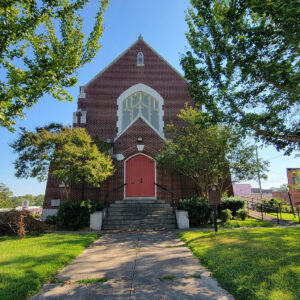 St. John's Episcopal Church
St. John's Episcopal Church
Entry Category: Institutions and Buildings - Starting with S
 St. John's Episcopal Church
St. John's Episcopal Church
St. John’s Episcopal Church (Camden)
 St. John's Episcopal Church Plaque
St. John's Episcopal Church Plaque
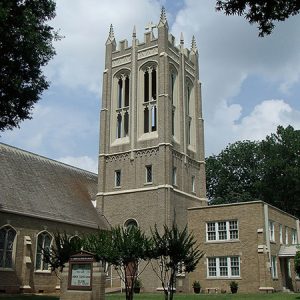 St. John's Lutheran
St. John's Lutheran
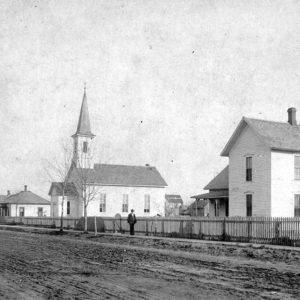 St. John's Lutheran Church
St. John's Lutheran Church
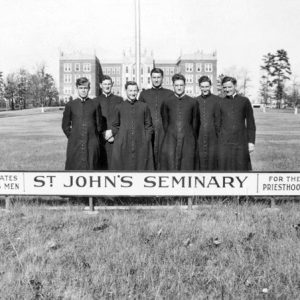 St. John's Seminary Students
St. John's Seminary Students
St. John’s Seminary
 St. John's Seminary Building
St. John's Seminary Building
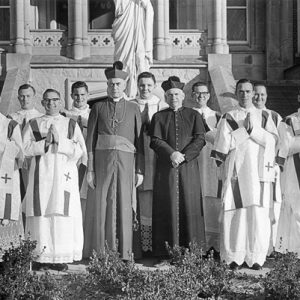 St. John's Deacons
St. John's Deacons
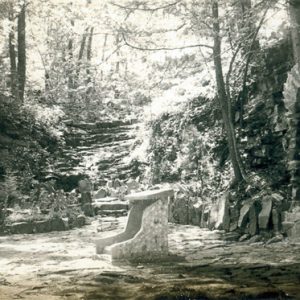 St. John's Grotto
St. John's Grotto
 St. John's Seminary Dorm
St. John's Seminary Dorm
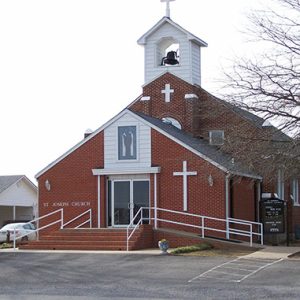 St. Joseph's Catholic Church
St. Joseph's Catholic Church
St. Joseph’s Home
aka: St. Joseph Center
 St. Joseph's Home
St. Joseph's Home
 St. Joseph's Home Detail
St. Joseph's Home Detail
 St. Joseph's Home Entrance
St. Joseph's Home Entrance
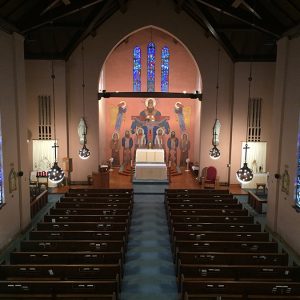 St. Mary's Catholic Church Interior
St. Mary's Catholic Church Interior
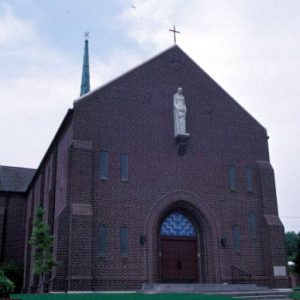 St. Mary's Catholic Church
St. Mary's Catholic Church
St. Mary’s Catholic Church (Helena-West Helena)
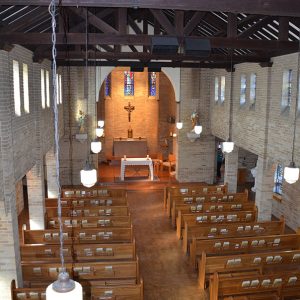 St. Mary's Catholic Church Interior
St. Mary's Catholic Church Interior
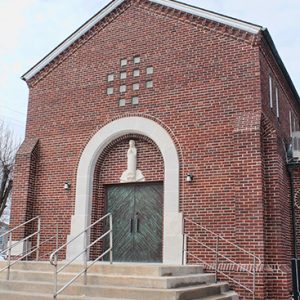 St. Mary's Catholic Church
St. Mary's Catholic Church
St. Mary’s Catholic Church (Paragould)
St. Mary’s Church (Altus)
aka: Our Lady of Perpetual Help Catholic Church (Altus)
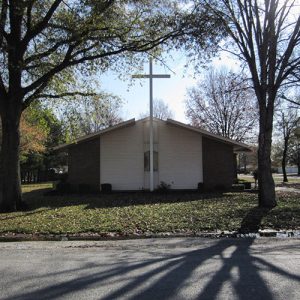 St. Norbert’s Catholic Church
St. Norbert’s Catholic Church
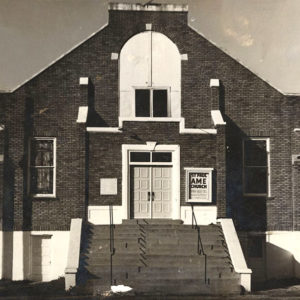 St. Paul A.M.E. Church
St. Paul A.M.E. Church
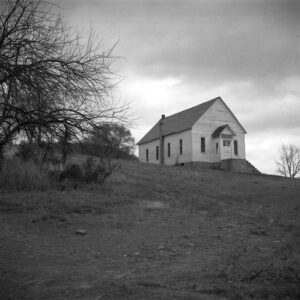 St. Paul Church
St. Paul Church
 St. Paul's Episcopal Church
St. Paul's Episcopal Church
St. Scholastica Monastery
St. Vincent Hot Springs
aka: St. Joseph's Mercy Health Center
aka: Mercy Hot Springs
aka: CHI St. Vincent Hot Springs
 St. Vincent Hot Springs
St. Vincent Hot Springs
State Association of Missionary Baptist Churches of Arkansas
aka: Arkansas State Baptist Association
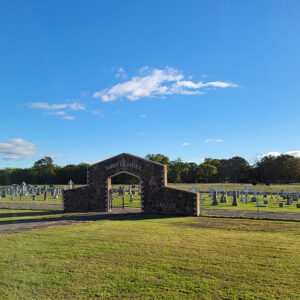 Sts. Peter & Paul Catholic Cemetery
Sts. Peter & Paul Catholic Cemetery
 Sts. Peter & Paul Catholic Church
Sts. Peter & Paul Catholic Church
 Sts. Peter & Paul Church Datestone
Sts. Peter & Paul Church Datestone
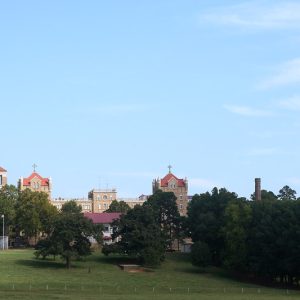 Subiaco Abbey
Subiaco Abbey
Subiaco Abbey and Academy
 Subiaco Abbey Courtyard
Subiaco Abbey Courtyard
 Subiaco Library
Subiaco Library
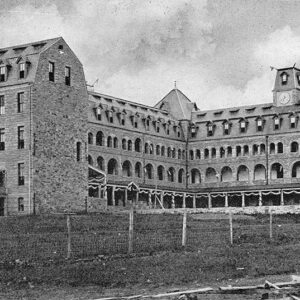 Subiaco Monastery
Subiaco Monastery
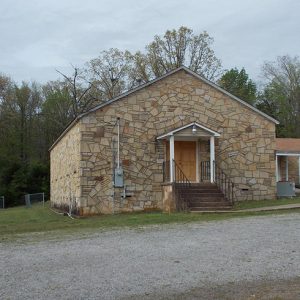 Swaim Chapel
Swaim Chapel




